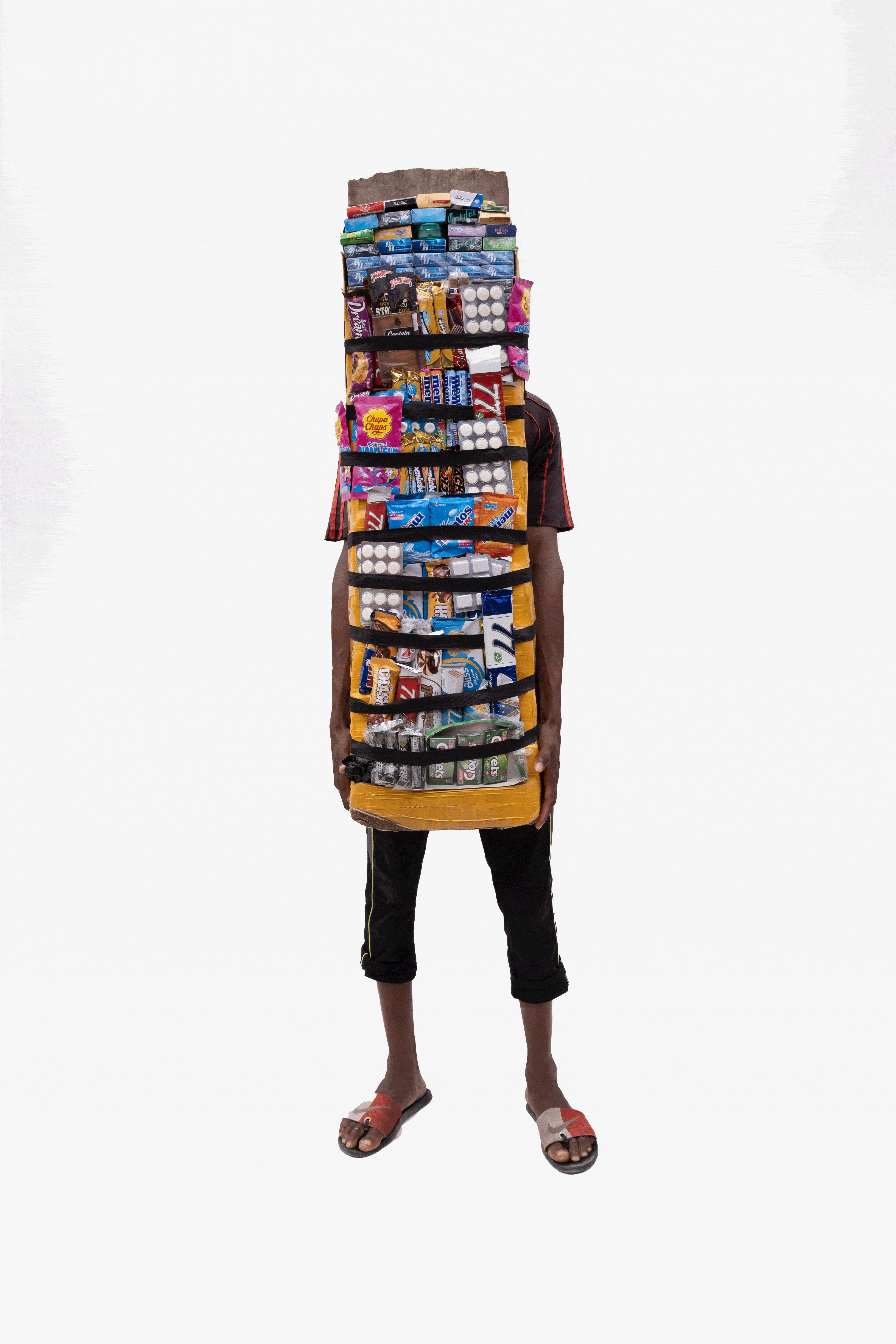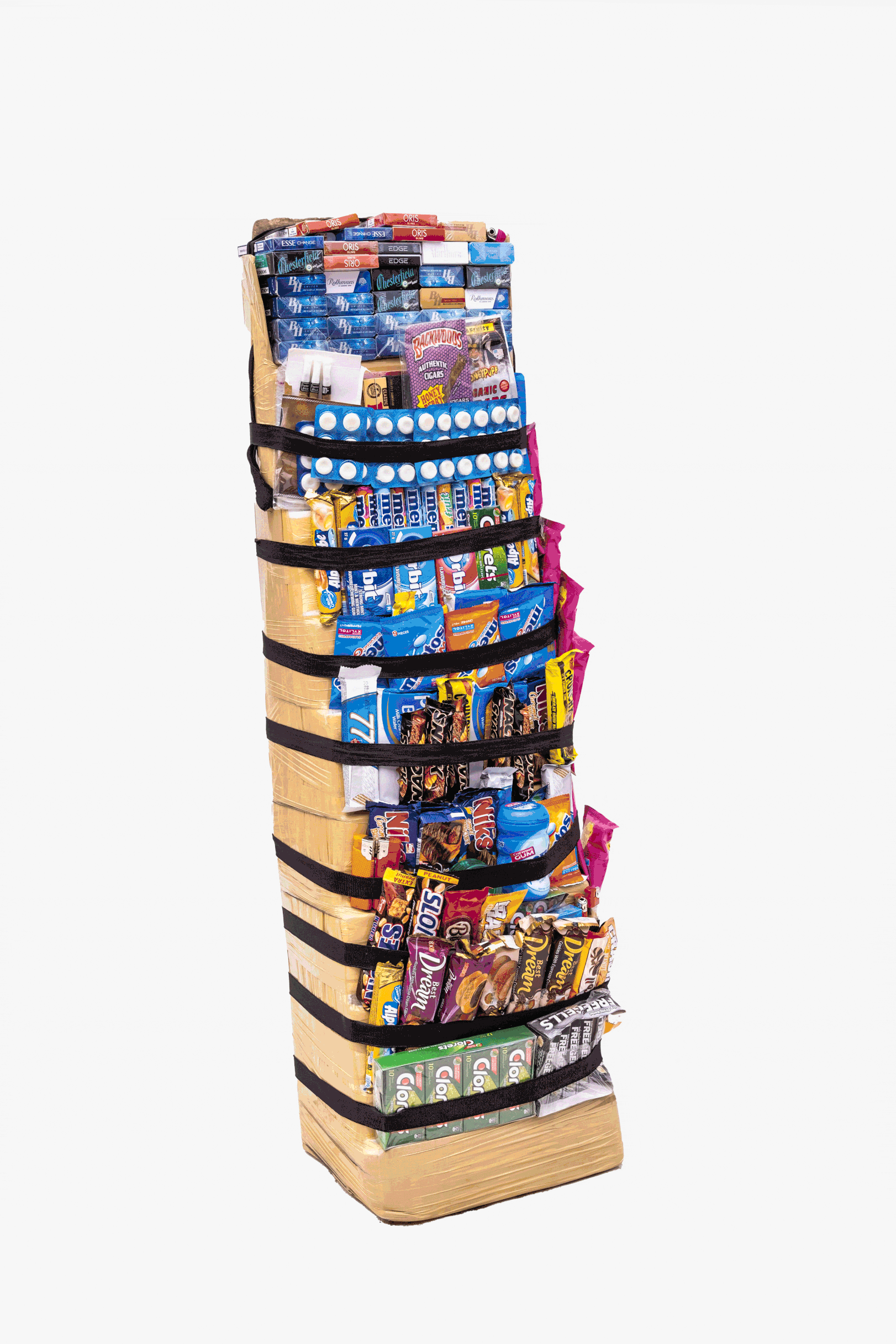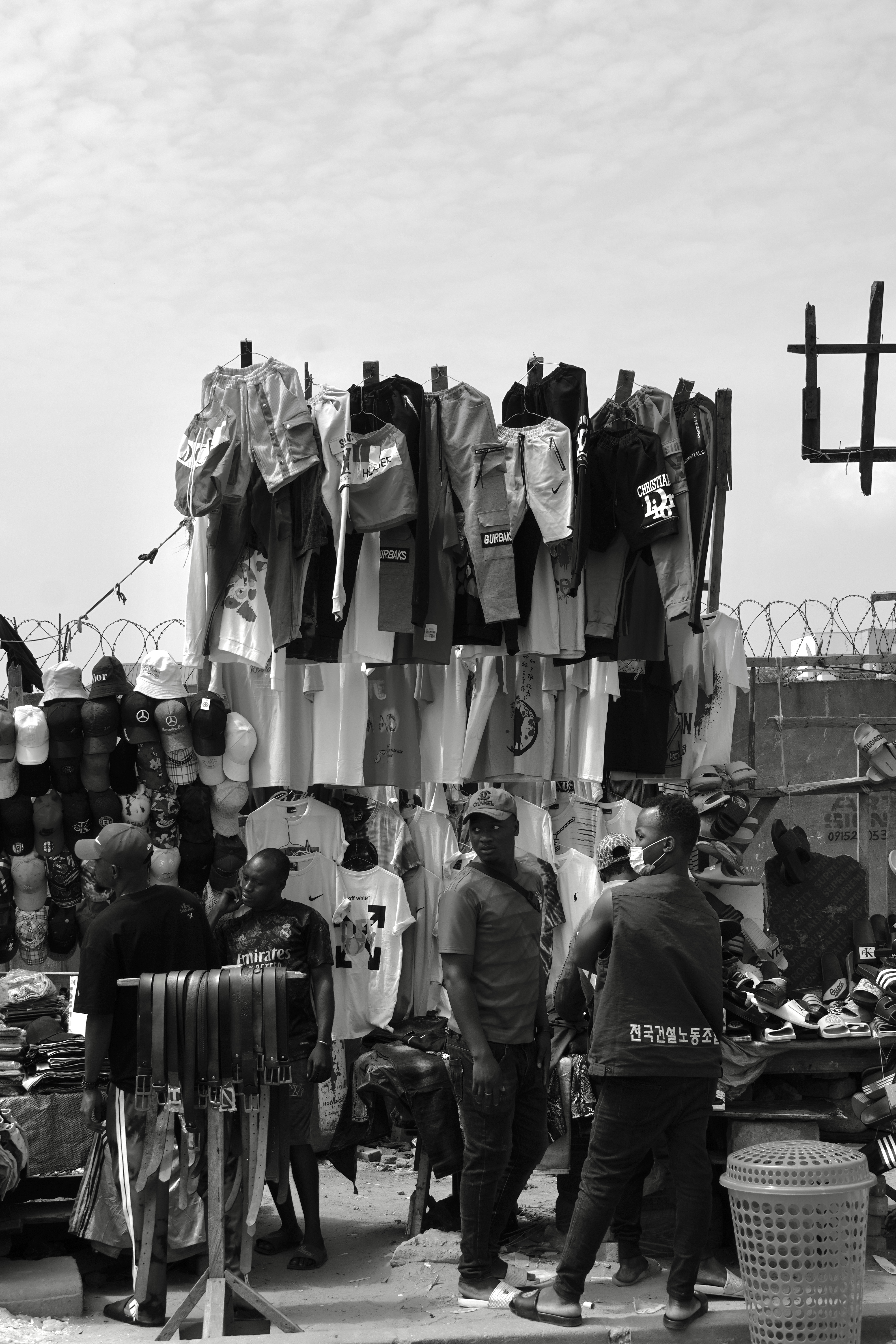AFRICA - A DESIGNER’S UTOPIA

An ongoing research project by Nifemi Marcus-Bello.
A look into the design and manufacturing of anonymously designed indigenous contemporary design solutions and products in major West African cities.
From a contemporary viewpoint, a good number of West African cities have a vast array of indigenous products that create socioeconomic solutions. These products are a necessity towards the daily function of the city and in most cases, are designed and crafted around readily available materials and craftsmanship (be it a kit of parts or manufacturing) these products have also cemented themselves into the landscape of cities and in some cases, countries. The purpose of this project is to investigate the ecosystem around these products and understand the impact urban planning has on how communities come together to design, create, build and distribute products through their network. The research aims to focus on demonstrating how ingenuity and indeginous design thinking is used to create and cater to stakeholders across a unique supply chain, highlighting how a design revolution continues to happen in Africa, without the “design” label attached to it.

This research is taking place to formally document contemporary designs and products that act as solutions used to solve daily problems in urban landscapes in selected cities across West Africa (Lagos, Accra, Dakar and Abdijan). “21st century design is seen as a practice where designers apply their focus to address the world's major problems. It is a shift from traditional design to seeing design as a way of thinking to solve complex human issues. By finding root causes, designers can co create effective solutions with experts and the people they help '' (Interaction Design Foundation, 2020). The attitude towards design in Africa is still one of privilege but from a grassroot level, design in most instances is unconsciously practiced. A great deal of this is happening within communities and urban landscapes across major African cities, without having the “design” label attached to it. This research looks into innovative autonomous design on the continent and how communities are using an open source and collaborative approach, to create contextual solutions to solve contextual issues within their communities. An example is the meruwa cart, prevalent on the streets of Lagos, Nigeria. This product has come into popularity due to the lack of infrastructure for water supply across Lagos; a wooden cart made out of reclaimed wood and used bicycle tyres, is used to transport water in working and middle class areas. The cart, autonomously designed, allows for easy transportation of water from central sources in communities to millions of homes across Lagos. The research highlights products like these by creating use cases, case studies and diving into the formal and informal industrial urbanism that create these products; exploring the relationship between urban planning practices, product design and manufacturing. The project’s aim is to analyse the cities, users, makers and beneficiaries behind each product. Exploring functionality, aesthetics and materials, each product is broken down to a bill of material, allowing each part of the product to be analysed effectively.

This research looks into innovative autonomous design on the continent and how communities are using an open source and collaborative approach, to create contextual solutions to solve contextual issues within their communities. An example is the meruwa cart, prevalent on the streets of Lagos, Nigeria. This product has come into popularity due to the lack of infrastructure for water supply across Lagos; a wooden cart made out of reclaimed wood and used bicycle tyres, is used to transport water in working and middle class areas. The cart, autonomously designed, allows for easy transportation of water from central sources in communities to millions of homes across Lagos. The research highlights products like these by creating use cases, case studies and diving into the formal and informal industrial urbanism that create these products; exploring the relationship between urban planning practices, product design and manufacturing. The project’s aim is to analyse the cities, users, makers and beneficiaries behind each product. Exploring functionality, aesthetics and materials, each product is broken down to a bill of material, allowing each part of the product to be analysed effectively.

The findings allow for a better understanding of the relationship between contemporary product design and manufacturing within urban landscapes in African cities. It unravels the relationship between the materials available, the maker culture and manufacturing techniques that come together to dictate outcomes. It brings insight into the culture of urban planning in these cities and informs and educates future possibilities. The project speaks on commonality within forms, materiality and aesthetics with the aim of highlighting and considering production hubs and their distribution channels. Finally, it investigates and defines contemporary autonomous and non-autonomous design in these cities.
Africa - A Designer’s Utopia: Lagos Chapter
Lead Researcher - Nifemi Marcus-Bello
Lead Photographer - Logo “Logor” Oluwamuyiwa
Photographer - Benson Ibeabuchi
Assistant Photographer - Henry Okwuabsi
Field Project Manager - Silas Mahanan
